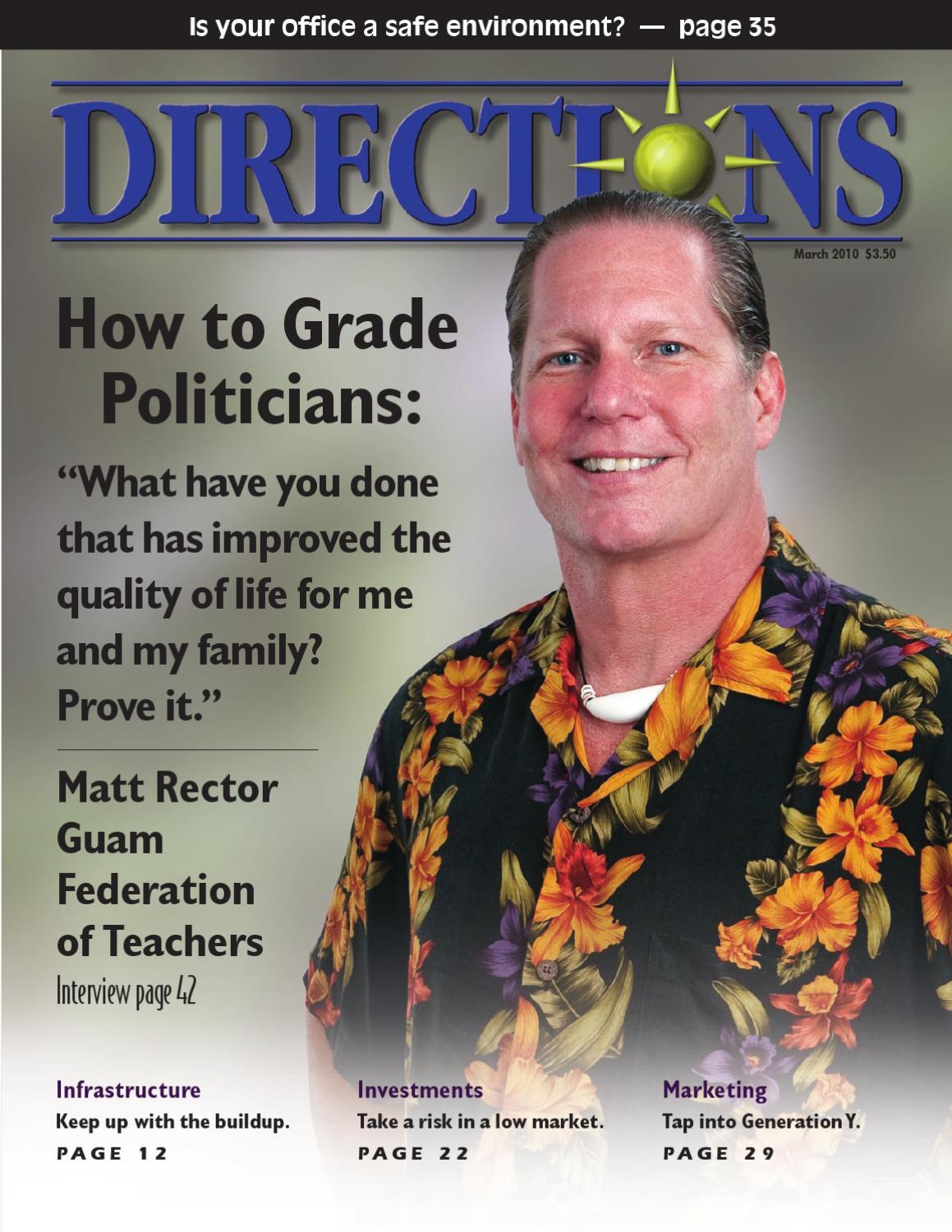Peggy Denney: Disposing of household hazardous waste on Guam
On January 23, 2015, Guam Solid Waste Authority opened the Harmon Residential Transfer Station and the Household Hazardous Waste Facility. Although they have been opened for over six years, I still encounter members of the general public who are not aware of these facilities, particularly the household hazardous waste facility.
The transfer station and the facility enclosed within it are open Thursday through Monday – so they are available to the public on the weekends – from 9 a.m. to 5 p.m. The transfer station accepts household trash as well as provides recycling roll-offs and large bins for corrugated cardboard, aluminum cans, metal cans, and glass. The bins for plastic and mixed paper are still in place there, but those items can no longer be recycled.
This article will focus on household hazardous waste to help address questions that people often have regarding this type of waste and why it is incumbent upon each of us to dispose of these materials appropriately. So what are household hazardous wastes? Many products are used in our homes, gardens or garages for automotive projects or hobbies that are considered hazardous. This term means they are either toxic or poisonous, combustible or flammable, or corrosive. Some of the materials accepted by the Household Hazardous Waste Facility are used paint, waste cooking oil, waste motor oil, fluorescent light bulbs, pesticides, fertilizers, e-waste, TVs, solvents and strippers. For a complete list of accepted materials, check out this site: https://guamsolidwasteauthority.com/gswa-residential-hhw.shtml
What’s the difference between combustible or flammable? Something that is flammable can easily catch on fire if exposed to an open flame, whereas a material that is combustible will burn at higher than normal temperatures. So it’s essential to dispose of these materials safely to eliminate or at least reduce the risk of injury to yourself as well as the sanitation workers who might be exposed to such items. This applies to all types of aerosol cans as well. If they are definitely empty, they can be disposed of as scrap metal, but if they still contain any product, they must be disposed of at the Household Hazardous Waste Facility.
What makes fluorescent light bulbs hazardous? Fluorescent tubes and CFLs contain mercury. They ionize mercury vapor to produce UV light which is then converted into standard visible light by using a phosphorus coating on the inside of the bulb. If mercury vapor is inhaled, it can produce harmful effects on the nervous, digestive and immune systems, as well as the lungs and kidneys, and can even be fatal. The safest and most effective method of disposing of fluorescent light bulbs is by using a drum-top bulb crusher which crushes the glass tube into small particles while using a three-filter system, including a HEPA (high-efficiency particulate air) filter, to trap 99.9% of the particulate matter and 100% of the vapor with an active charcoal filter. This unit is placed on top of a 55-gallon drum and dramatically reduces the volume of the bulbs to be recycled. One drum can hold 1350 T8 4’ bulbs, which reduces shipping costs as well since the material and the filters must be shipped off-island.

More: Denney: We must address plastic bag problems
More: Our View: Polystyrene foam ban is smart, important
All the items that are accepted at the Household Hazardous Waste Facility in Harmon are received by employees of Unlimited Services Group which is contracted to operate the facility. They package or prepare the materials to be delivered ultimately to South Pacific Environmental for final disposition. I had an opportunity to meet with Bill Curry, president of SPE, to learn more about how these materials are handled and what ultimately happens to them. For example, used latex paint is poured over wood chips and allowed to dry; it then can be disposed of in the landfill. They employ a drum-top bulb crusher for fluorescent light bulbs. Used motor oil, as well as many other types of products, is placed in 55-gallon drums and shipped off-island. Waste cooking oil is given to EFR where it is used to remediate contaminated soils. Since GWA has just begun a waste cooking oil collection effort in Dededo, my article next week will focus on FOG (fat, oil and grease) and will cover in greater detail the soil remediation process.
E-waste or electronics waste is a significant component of the materials received by the hazardous waste facility. This includes computers, laptops, monitors, TV’s, radios, cell phones and other electronics. Some of these materials are broken down to isolate the motherboards which contain precious metals. All the e-waste is delivered to Pyramid Recycling. As a side note, I do hope that we will be able to implement a cell phone recycling program soon on Guam.
The bulk of the items received at the HHW Facility do have to be packaged in 55-gallon drums and shipped to the states for proper disposition. In an effort to reduce the hazardous waste we generate in our homes, I encourage you to check out EPA's Safer Choice program.
As always, thank you for your support of the i*recycle program and the schools. Call or message me if you need help! Hope you all have an awesome week!
Peggy Denney is administrator of i*recycle. Email her at pegqcp1@gmail.com or WhatsApp her at 483-9415.
This article originally appeared on Pacific Daily News: Peggy Denney: Disposing of household hazardous waste on Guam







